The wonders of a nutrient-rich Indian curry
Indians should be proud of their Indian curry. Any Indian food that is cooked and served the right way, and within the framework of the laws of nature is one of the best healing cuisines. It isn’t fair to say it is the best in the world, because each country must embrace its traditional food and culture. However, this is best suited for Indians.
The beauty of Indian curry is the synergy between two or more ingredients. There is a lot of wisdom in these combinations. It is nutrient-dense, immunity-boosting, anti-inflammatory, a digestion booster, and by itself, a natural medicine for many ailments. It is when we replace traditional wisdom with junk, processed, and so-called fast and convenient foods, that we become deficient in nutrients, and these deficiencies lead to all the ailments.
What does a typical Indian curry contain?
The base of every Indian curry is nutrient-dense. It contains onions, tomatoes, garlic, a source of good fat – which is mostly ghee, coconut oil or mustard oil, turmeric, black pepper and salt. This is the basic that goes into most curries. Over and above these are spices like cumin, cardamom, cinnamon, fennel, star anise, bay leaf, asafoetida, or whatever the preference is.
Some make it with water and some make it with coconut milk depending on the region of the country they belong to. But, the base ingredients particularly remain the same.
Let’s talk about the speciality of each ingredient:
- Cooked tomatoes: Cooking tomatoes releases an active ingredient called lycopene. Lycopene is a powerful antioxidant and anti-cancer agent. It plays a huge role in managing/preventing breast cancers, and boosting prostate health in men.
- Garlic and onions: These two are highly anti-inflammatory and immunity-boosting foods. They are rich in sulphur and serve as a natural antibiotic with powerful liver detoxifiers in them as well.
- Turmeric, black pepper and a source of fat: This combination is something that each one of us must make use of. There is increasing science and research proving its benefits. The synergy of fat, turmeric and black pepper goes a long way in boosting the bioavailability of curcumin – an active ingredient in turmeric, for which people spend loads of money to buy it in the supplemental form. It is highly anti-inflammatory, anticarcinogenic, antibacterial, antiviral and antifungal in nature. There is a reason why turmeric and ghee are referred to as gold. The combination of these three ingredients also works as an excellent brain tonic. Curcumin helps to reduce inflammation, and thus benefits disorders like Alzheimer’s, dementia, memory and other cognitive skills.
To this basic curry, one can add vegetables, cottage cheese, chicken, fish, shrimp, beans, lentils, tofu, and so on to finally make a dish out of it. Adding vegetables like cauliflower, cabbage, broccoli that are cruciferous and highly anti-inflammatory also helps. They help detoxify your liver and lymphatic system. They are rich in DIM – dimethyl indole-3-carbinol, an ingredient that is known to handle estrogen dominances very well. Every inflammatory disease can benefit from this combination. Most dals and dishes like rajma also have this as their base in the gravy.
When the spices are cooking, simmering and/or boiling on low flame, the resulting extraction from these spices help in digestion as they have carminative properties. This also helps in relieving cramps and expelling of gas. The cooked spices are also antispasmodic in nature, and aid the release of digestive enzymes.
Since Indian curry is so flavoursome, it helps us extract maximum pleasure from food. When we derive such pleasure, we experience higher satisfaction and chances of over-eating are much lesser when food is mindfully consumed.
The spices in curries also boost respiratory health and act as a powerful decongestant too.
When does an Indian curry go wrong?
The nutrient-dense rich curry can also be counter conducive to our health, if we use wrong ingredients or the wrong methods of cooking like:
- Cooking with the wrong substandard oils and adding dollops of butter, cream and so on.
- Overeating
- Adding adulterated spices.
There isn’t anything wrong to point out in an Indian curry if cooked the right way and with the right ingredients. Remember, the problem is never with the food, but rather, with how we prepare and consume it.
Today, we live in a world, where readymade curry powders are easily available. There isn’t necessarily anything wrong with this, and in fact, it makes it easier for those who travel often, to help them stick to their roots. However, make sure you are using only good quality brands with zero chemicals and preservatives and those that have a shorter shelf life.
Try this homemade Indian curry powder. It is such a nutrient-dense medicine!
Each of us – men, women and kids staying away from their parents must learn how to make an Indian curry and it is not difficult at all! Learning this will make us self-sufficient and not dependant on sourcing food from outside.
Also read this: Why You Should Eat Good Old Indian Staple Of Rice And Dal
|
From a pimple to cancer, our You Care Wellness Program helps you find a way Talk to our integrative team of experts today 18001020253 |

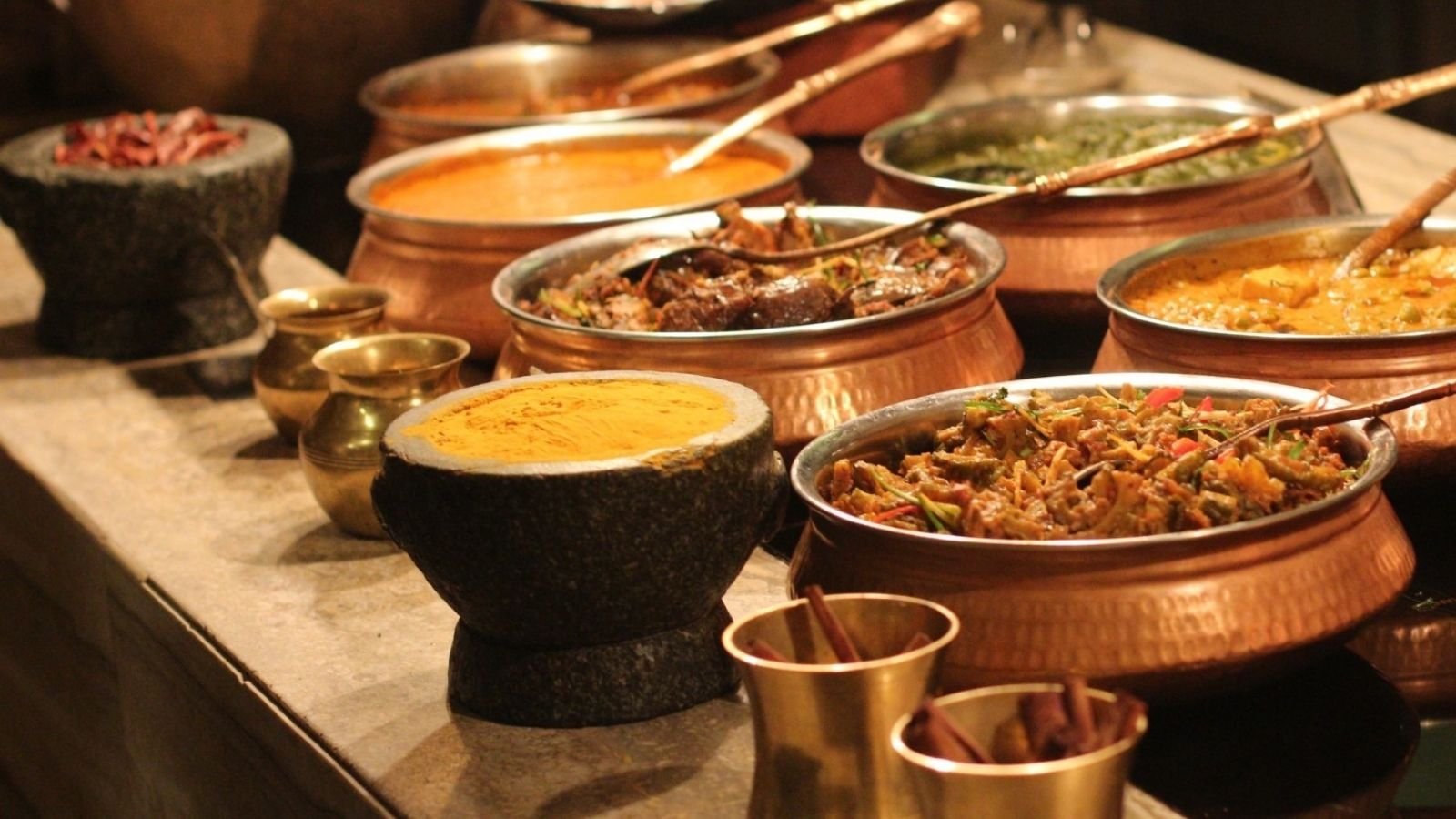

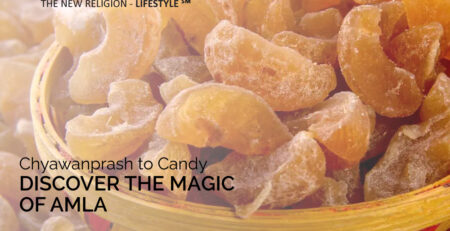
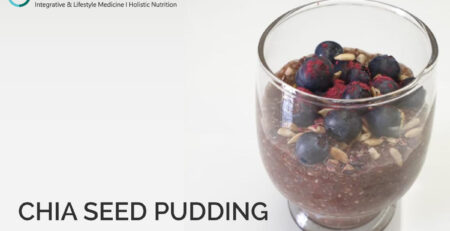
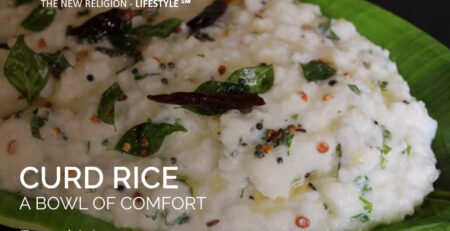
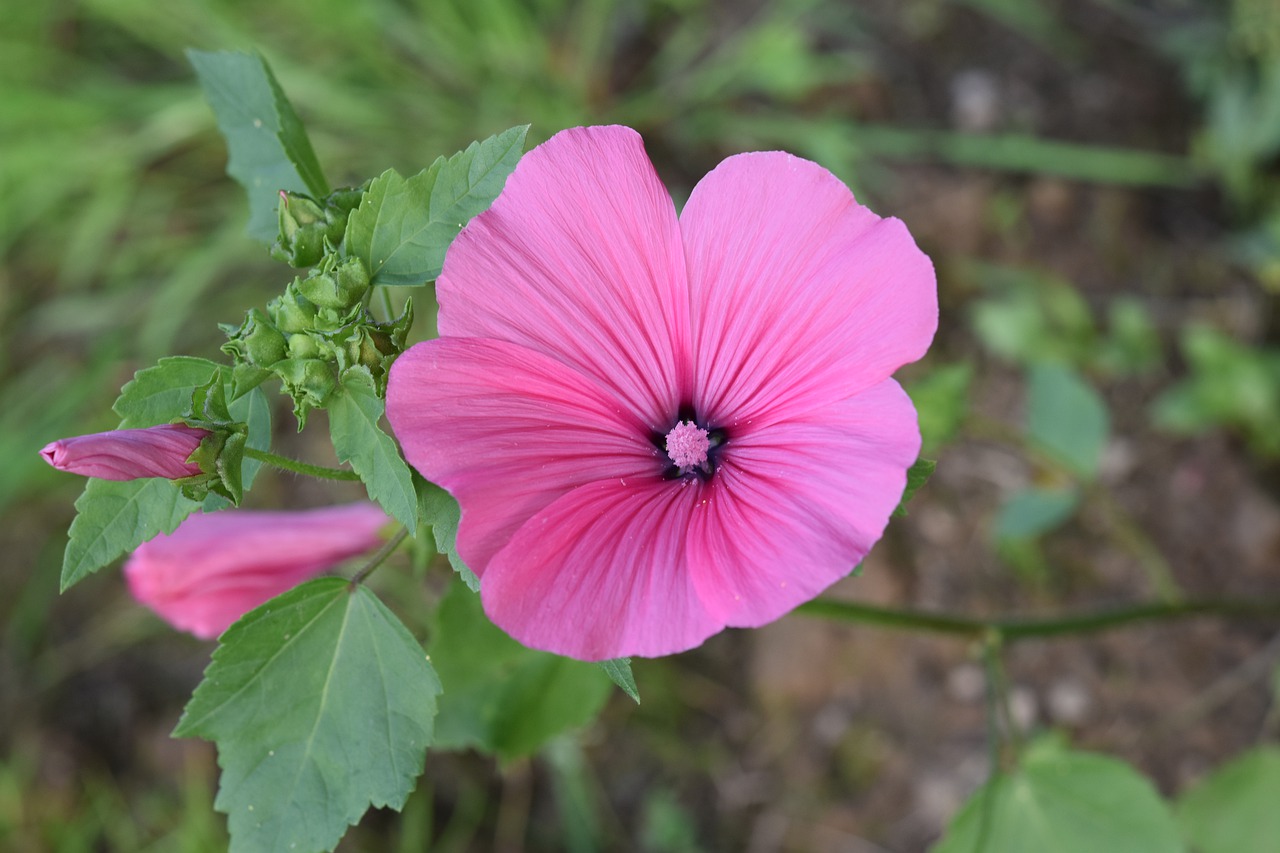
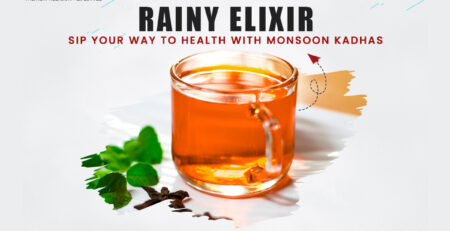
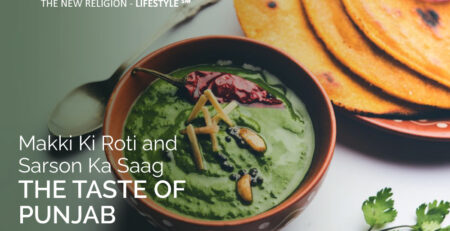
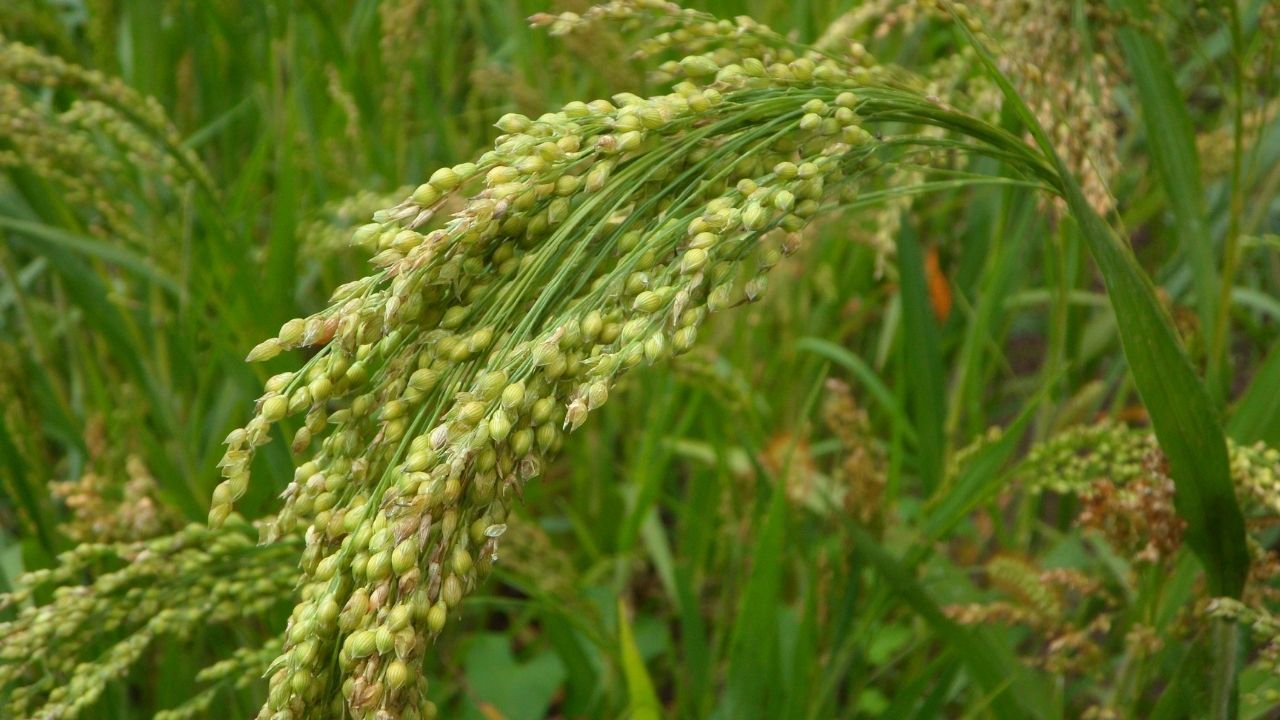
Leave a Reply